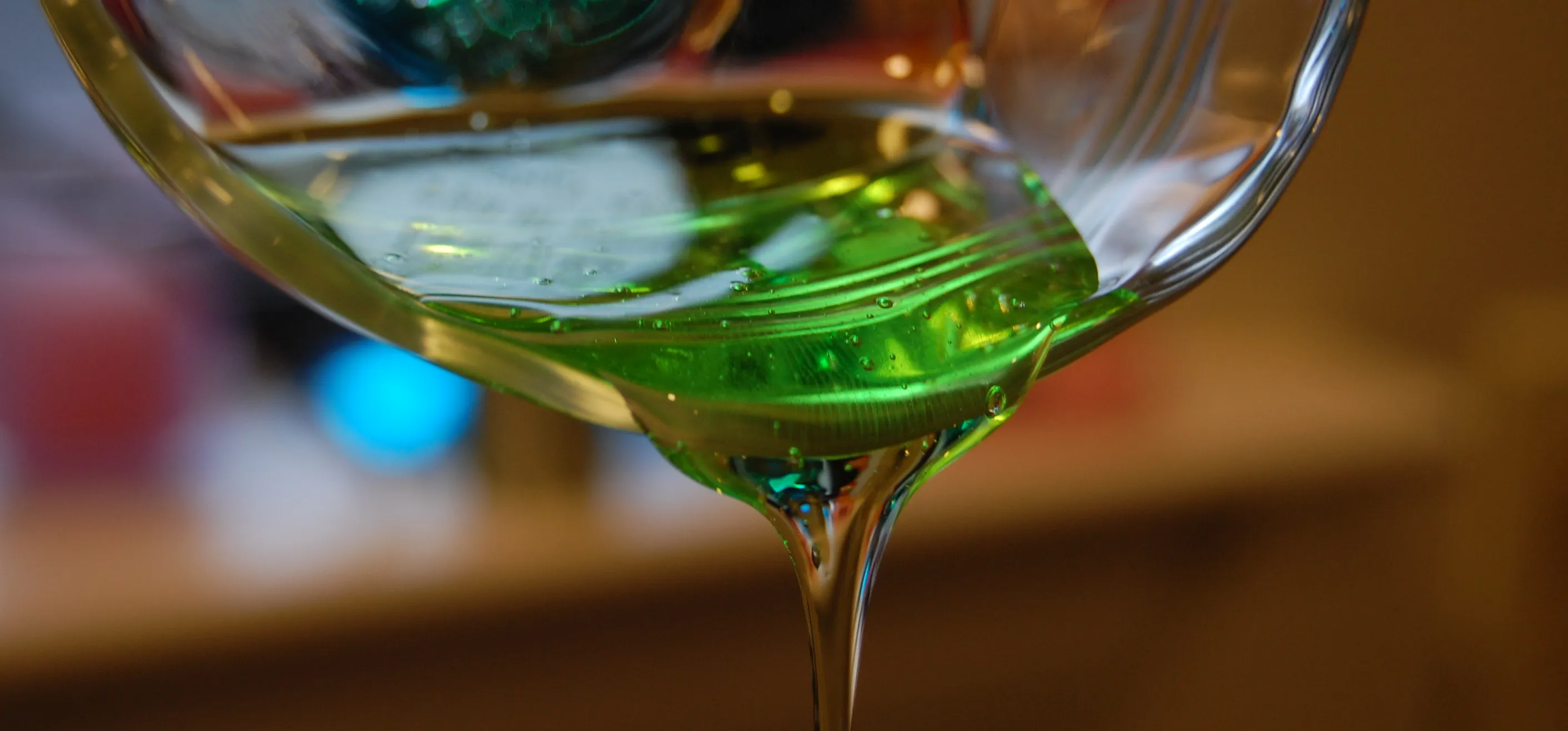How about a laser? One that is strong enough to nudge debris out of earth orbit. That's what NASA contractor James Mason wants to do, and his lab simulations suggest that the idea is possible. Mason wants to use a 5kW ground-based laser and a ground-based 1.5 meter telescope to spot potentially hazardous space waste and shove it off, by about 200 meters per day of lasering. It's kind-of like air traffic control for near earth orbit.
Over 500,000 objects orbit earth. Old satellites, abandoned spacecrafts, and spent rocket stages—all still orbiting after decades of disuse. They are not dangerous in themselves, but there's so much debris up there that it's bound to collide with stuff we need like working satellites, and that's where the trouble begins. Last year, the International Space Station had to kick its engines into high gear and maneuver around an old NASA satellite on a potentially destructive collision course. In 2009, a commercial communications satellite crashed into an obsolete Russian satellite and produced a cloud of metal, creating even more junk to collide with working satellites.
As we constantly upgrade communications technologies, more and more discarded junk is added to near earth orbit so it's not a stretch to think we should figure out a way to keep it safe up there. Mason's laser would not have been able to prevent the 2009 run-in—the first known collision of two larger NEO object—and it's not capable of moving asteroids, but it can nudge lighter debris out of the way.
The proposed laser has another possible use. If a laser can shove off debris, couldn't you use it to shove off enemy satellites? This thing could be a weapon, too, which is why NASA is hesitant to make it: it could damage international relations with countries who mistake it for such. It's all very Star Wars.
Photo by Science Photo Lab
SOURCE Advances in Space Research VIA Science News






















Comments
Be the first, drop a comment!